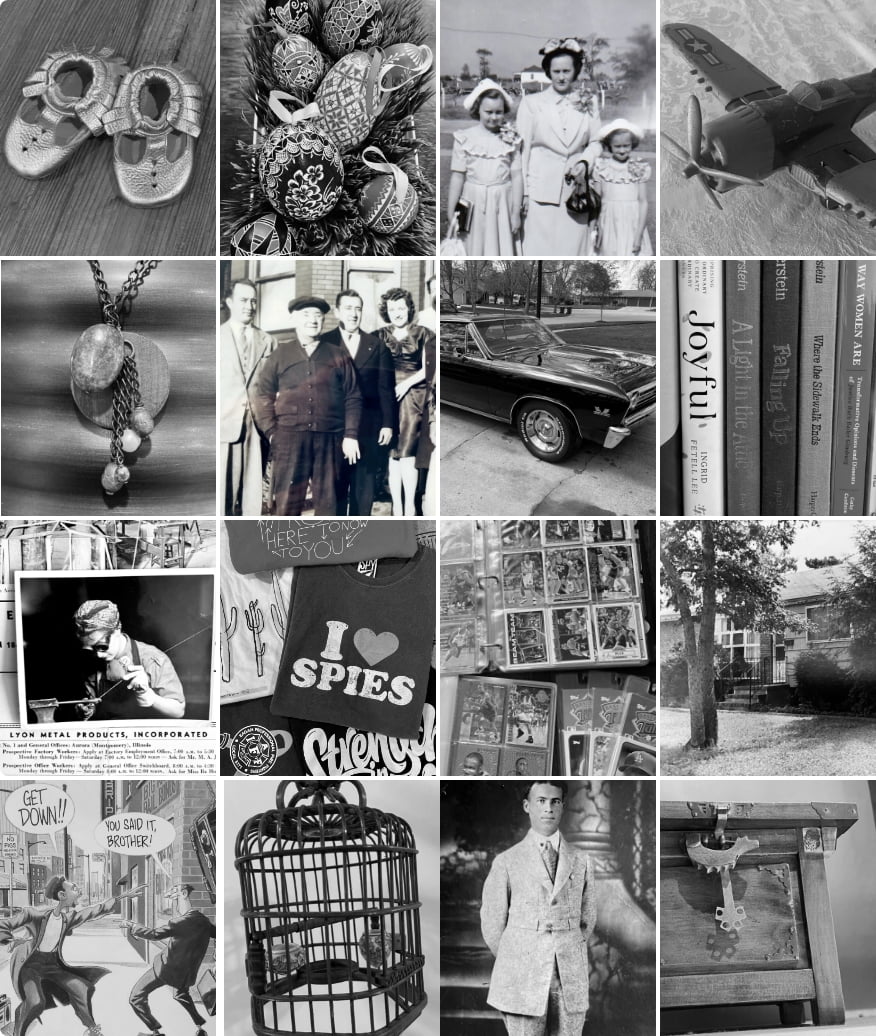Reading time: 3 minutes
We all have them—those projects we’ll get to "one day." No, we’re not talking about chores around the house or our honey-do lists, we all have those too.
Today we’re specifically talking about projects made with love and attention that we start with the best intentions and then... life happens. Maybe our vision starts to deteriorate, or our arthritis ticks up; or maybe our free time becomes swamped with doctor’s appointments, visits from family, and the like, and those projects are left in a semi-done state to get to one day.
Even if the project is unfinished, it doesn’t diminish the love, the meaning, or the thought behind it. We all have our own reasons or obstacles for not finishing those projects and no one is here to judge.
We want to take a moment and highlight an example from one of our Arti Community members and encourage you to scan through your own projects and those of loved ones and consider if this story might inspire you to action!
The Stocking That Wasn’t
She was an avid needlepoint artist back in the day, and still enjoyed dabbling in the craft as the years went on. She started the tradition of making stockings for her grandchildren one year, many years ago.
Each stocking took months if not a full year to make but she did make them. Until she got to the last grandchild, that is. She started the stocking, stitch by stitch. She got about halfway through and then life happened. There was always something else to do, some reason why it wouldn't get done today.
Her family at first teased her about it, hoping that it might prompt her to finish. The teasing turned to pleading to no avail. And now, years later? Vision, arthritis, and well, life, have conspired and she cannot complete the stocking.
Does it diminish the work she has done? No, not at all! Does it diminish the love, thought, and care? Not even close. Sometimes those unfinished projects have their own stories, even working their way into family lore: “Remember the stocking Grandma started but didn’t finish?” "You mean my stocking? Yeah, I remember!” Even the unfinished piece is now a cherished family heirloom.
But what happens if you want to finish that project but are no longer able? Or you inherit an unfinished project—blanket, quilt, needlepoint, etc.—that you would love to see finished and used?
That’s where the Loose Ends Project comes into play, and why we invited them to our Spring 2024 Evenings with Artifcts.
Loose Ends is on a mission to help families complete unfinished textile projects after a death or disability. It’s truly a labor of love and a gift from the heart. Watch the replay, and maybe get a little inspiration for your unfinished projects or next steps if no one in your family has the skills to see a project through. And when you do see that project through, take a moment to Artifct That! After all, it’s the story, memory, and person who got it started that make the object irreplaceable and uniquely yours.
###
© 2024 Artifcts, Inc. All Rights Reserved.

















